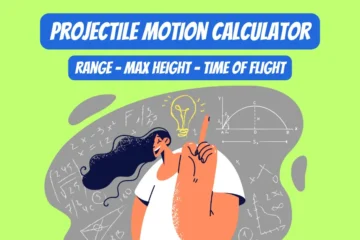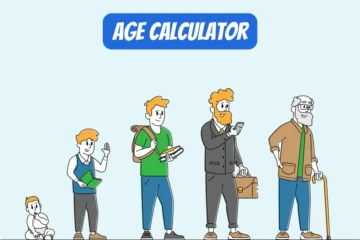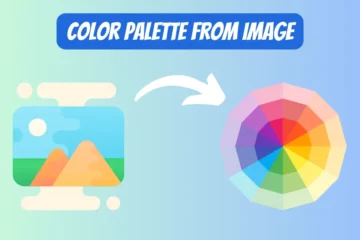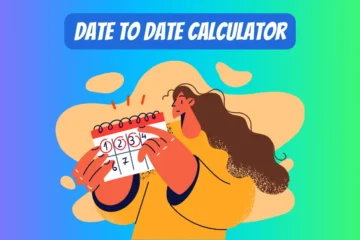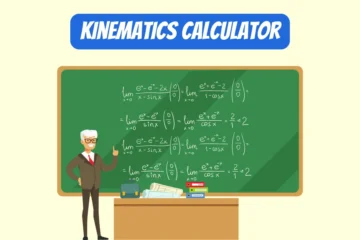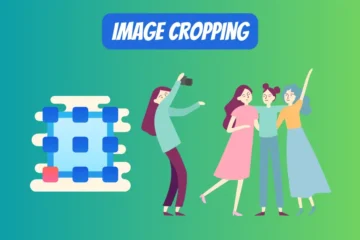Binary Result:
How to use this Decimal to Binary Converter?
- Enter a decimal number you want to convert to binary into the input field.
- Click the “Convert to Binary” button.
- The binary representation of the entered number will appear next to the “Binary Result: ” text.
- You can click the “Copy” button to copy the binary result to your clipboard.
- An alert will confirm “Copied Successfully!” after the result has been copied.
- If you want to convert another number or start over, click the “Reset” button. This will clear the input field and reset the binary result to “Binary Result: “
Real World Applications
Binary numbers are the foundation of modern digital computing and have various real-world applications across multiple industries. Here are some common real-world applications of binary numbers:
- Digital Computers: Binary is the fundamental language of computers. All digital data, including text, images, videos, and software, is represented using binary code. Computers process and store data using binary digits (bits) of 0s and 1s.
- Computer Programming: Binary is used extensively in computer programming to write software and applications. Program instructions, data structures, and algorithms are represented using binary code.
- Data Storage: Digital storage devices like hard drives, solid-state drives, and flash memory use binary to store data. Each bit can be in one of two states, which allows for efficient storage and retrieval of information.
- Communication Systems: Binary is used in communication systems such as the internet, telecommunication networks, and wireless communication. Data transmission is often represented in binary to ensure accurate and reliable communication.
- Image and Video Processing: Digital images and videos are composed of pixels, each of which is represented using binary values for color channels. Image processing algorithms manipulate binary representations for tasks like image compression, enhancement, and analysis.
- Cryptography: Binary is integral to cryptographic algorithms used to secure data. Encryption and decryption processes involve manipulating binary data to protect sensitive information.
- Control Systems: Many automated control systems, such as those in industrial automation and robotics, use binary representations to control and monitor processes.
- Logic Design: Binary logic is the foundation of digital circuit design. Logic gates like AND, OR, and NOT operate on binary inputs to produce binary outputs, forming the building blocks of electronic devices.
- Genetic Codes: In bioinformatics, DNA sequences are represented using a four-letter code (A, T, C, G), which can be encoded into binary to analyze genetic information.
- Financial Systems: Financial transactions and calculations are often performed using binary representations for accuracy and precision.
- Measurement and Sensing: Sensors and measurement devices convert analog signals into binary representations for processing and analysis.
- Space Exploration: Binary is used in spacecraft systems for data transmission, telemetry, and control due to its reliability and efficiency.
- Gaming: Video games and gaming consoles use binary data to render graphics, simulate physics, and run game logic.
- Audio Processing: Digital audio signals are represented using binary values to store, manipulate, and reproduce sound.
- Machine Learning and Artificial Intelligence: Binary data is used as input for machine learning algorithms to train models and make predictions.
Understand the Process of converting Decimal to Binary
Converting a decimal number to a binary number involves a process of repeated division by 2 and noting the remainders at each step. Here’s the step-by-step process:
Let’s take an example decimal number: 25
- Divide by 2: Divide the decimal number by 2 and note the quotient and remainder.
- 25 ÷ 2 = 12, remainder 1 (LSB, least significant bit)
- Divide the Quotient by 2 Again: Take the quotient from the previous step and divide it by 2. Note the quotient and remainder.
- 12 ÷ 2 = 6, remainder 0
- Repeat the Process: Continue dividing the quotient by 2 and noting the remainders until the quotient becomes 0.
- 6 ÷ 2 = 3, remainder 0
- 3 ÷ 2 = 1, remainder 1
- 1 ÷ 2 = 0, remainder 1 (MSB, most significant bit)
- Write the Remainders in Reverse Order: Start from the remainder obtained in the last step (MSB) and read the remainders in reverse order to get the binary representation.
- Binary representation of 25 is 11001
So, the decimal number 25 is equivalent to the binary number 11001.
Although, you should Keep in mind that the least significant bit (LSB) corresponds to the rightmost bit, and the most significant bit (MSB) corresponds to the leftmost bit in the binary representation.


